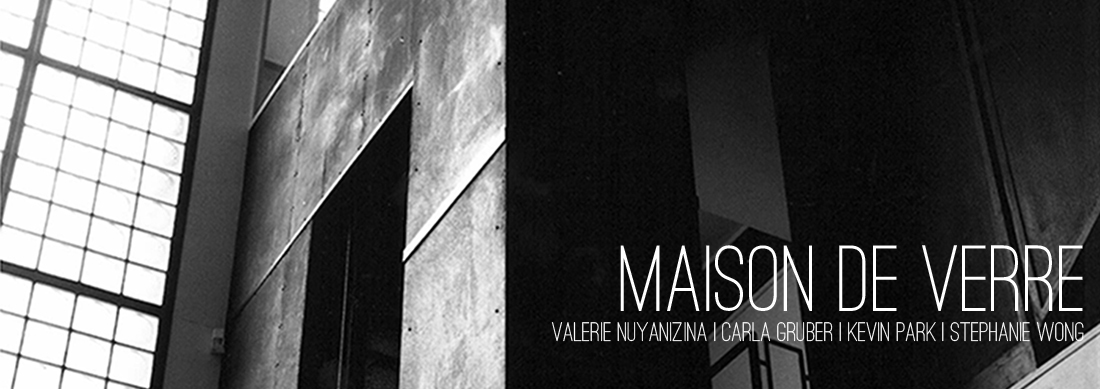The war had left a big impact on the morale of the French, with many left disabled and others with lost family members. After the years of austerity, the French wanted "der des ders" (last of the last), beginning with a period of optimism and lightness.
Thanks to the influences from around the world, the effervescence was most important with revolutionised mentalities and ways of living, with the Parisians taking advantage of their new found freedom due to the progress in expansion. Another significant change was the feminine emancipation due to their independence during the war time, earning them responsibilities and new aspirations.
Culture
Surrealism, a literary movement, was introduced by André Breton, attracting numerous writers, and a change in the music scene towards jazz, which would be fashionable in luxurious parties of the Parisian elite. The aesthetic conception of "Art Déco" also emerged with its impact affecting not only paintings, sculptures, design and even fashion.Leisure
After the war, there was a new group of "nouveaux riches", with many of the middle class gaining access to leisures of the wealthy: Music-hall shows , operettas, theatre, circus and the cinema became popular attractions. The TSF (Téléphonie Sans Fil) allowed the society to benefit from the radio at home and with the car industry full development, this democratised new means of transport, symbol of modernity and elegance.Fashion
Women’s status changed after the War; where she was no longer just a housewife, but an independent woman. They wanted more freedom and to express their femininity, this was expressed through makeup, hairstyles, and perfume, as well as smoking in public. Women abandoned corsets and big hats and started dressing in accordance with their liking such as thin silhouettes, short dresses, high heels and bare legs. The athletic look, as well as golf trousers, was fashionable for men. The tie, coming from the United States, appeared in 1924.Stephanie Wong




















